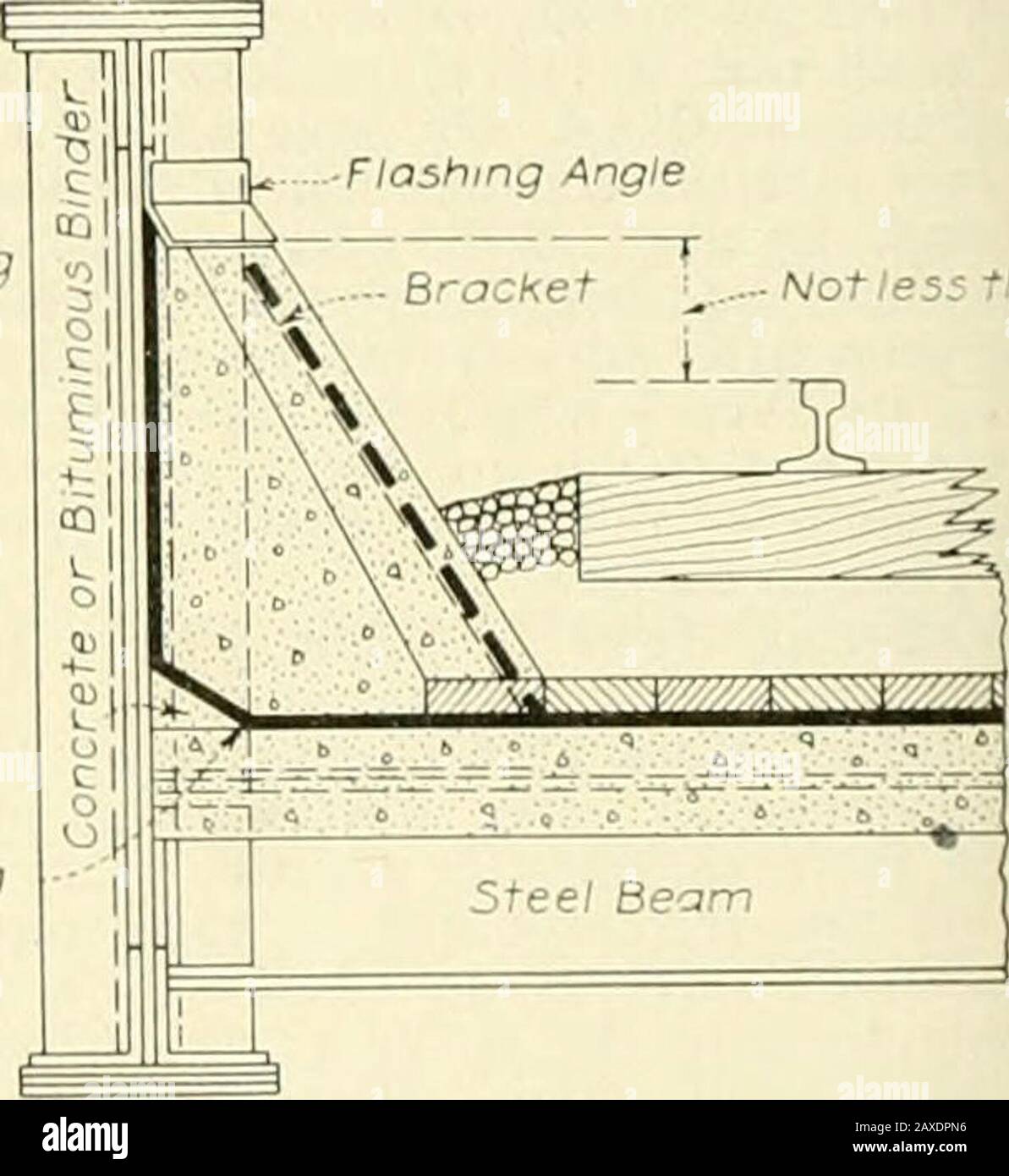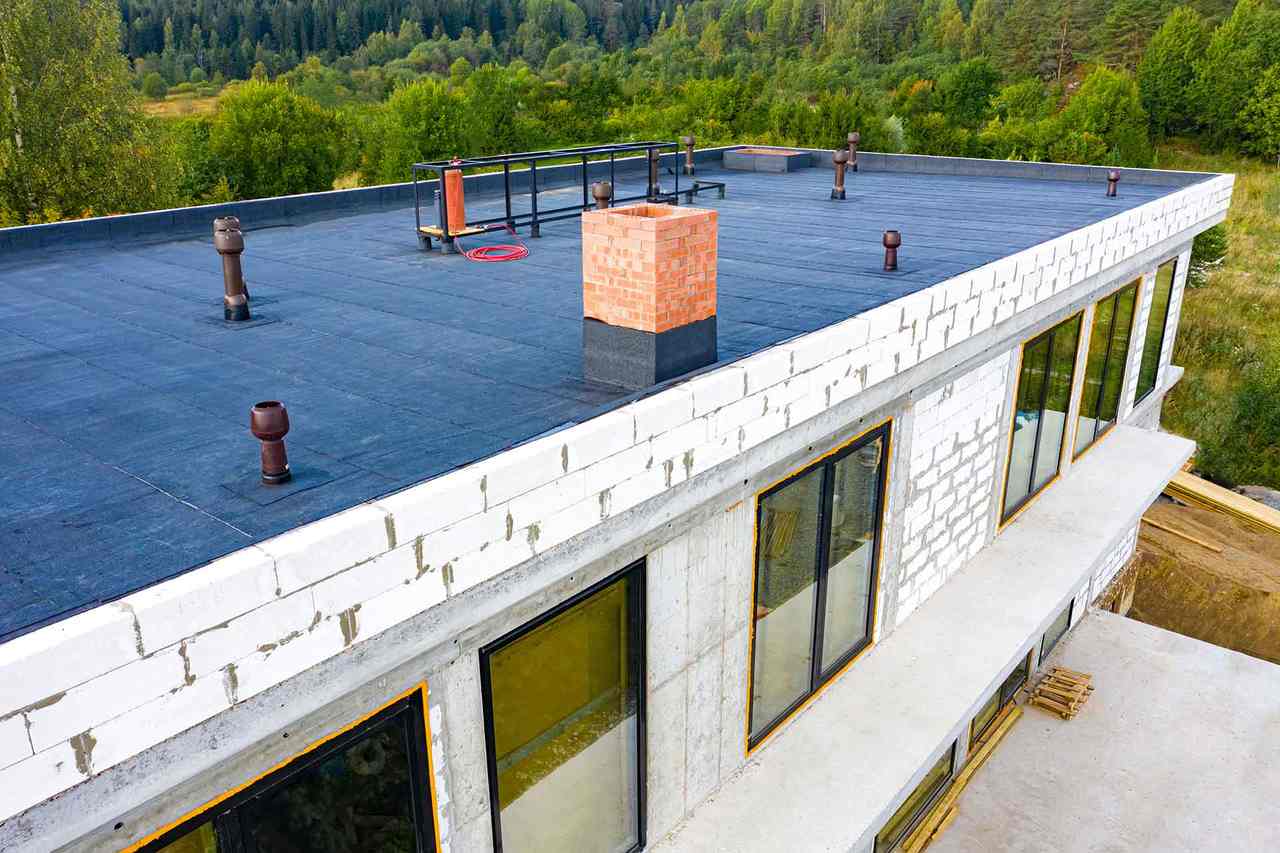The 5-Second Trick For Roof Waterproofing
Wiki Article
Get This Report on Waterproof Cement
Table of Contents8 Easy Facts About Waterproof Plywood ShownA Biased View of Roof WaterproofingNot known Details About Waterproofing Not known Facts About WaterproofingBasement Waterproofing for BeginnersThe 15-Second Trick For Roof Waterproofing
Sailors also made use of oil on their sails in an additional form of waterproofing. This trick began back in the sixteenth century, when sails were greased with oil to help the textile hold up against the rough sea atmosphere and better survive the damaging rainfalls that come during an extreme storm. By the end of the nineteenth century, the usage of wax also started to surge in appeal as a waterproofing technique.
Anybody can buy aerosol waterproofing for shoes, garments, and also various other fabric. The following development in waterproofing was the creation as well as use mechanical plugs and also seals in tools, designed to avoid water damage in any sensitive components that could be damaged by coming in contact with it. Mechanical seals and gaskets essentially function as a plastic, or rubber, physical obstacle between parts of the device and the water outside of it.
The Main Principles Of Basement Waterproofing
The trouble with these seals, nevertheless, is that they are unstable. Any change in temperature level or stress creates the seal to increase or contract, breaking the waterproof closure and permitting the infiltration of water into the device or things. Unexpected bumps or drops can likewise affect the means these mechanical seals fit, as can mistakes in user application.Whilst there is a series of waterproofing products offered, not all materials are ideal for each purpose. It is therefore critical that building and construction experts know which products are best for each individual task, as without the right ones a structure project can encounter major troubles. Waterproofing for walls and also floors When picking a waterproofing material for wall surfaces as well as floorings, the material must offer greater than just defense against water.
If it is unable to do this, it can result in mold, mould or fungi. Right here are 3 key materials that can supply this level of defense: 1. Cementitious covering Type A waterproofing This finish generally consists of sand, organic as well as inorganic chemicals, together with waterproof/crystalline compounds. The energetic ingredients are combined with lime, which starts a hydration response that results in a water-proof seal.
The Only Guide to Waterproofing
Whereas conventional tanking holds back water and stress, a Cavity Drain Membrane serves as a drained waterproofing system. concrete waterproofing It's designed to allow moisture in, enabling it to depressurise, and after that to be sent to a water drainage point through hidden water drainage channels. This choice is widely taken into consideration as the failsafe strategy, providing it is created properly.Commonly the products utilized to build a roofing system are already waterproof, but given the location can undertake extreme stormy climate, it is essential to include additional waterproofing steps. Waterproofing products utilized on terraces and balconies have to additionally be resistant to UV rays and be adaptable, as the locations experience movement due to adjustments in temperature level - waterproof plywood.
House owners may have many inquiries concerning the materials made use of for deck waterproofing. Terminology the ordinary ordinary person is not familiar with is typically used that can leave an individual puzzled as to what is actually going on. They might have their very own concepts that are necessary to them of how the job ought to be approached yet lack the understanding to ask the right inquiries.
Roof Waterproofing for Beginners
Flashings are metal strips that are mounted in plywood decks to cover the seams where two sheets of plywood fulfill. A flashing will additionally be installed around a drain. On roof coverings, flashing is usually used to secure joints between the roofing and chimneys, air flow shafts or where a part of the roof covering transitions to an overhanging veranda.To make a flashing resistant to water, its sides are caulked to create a waterproof seal as well as bond with the surface area product. The kind made use of depends on the surface area material, whether a project is indoors or basement crack repair outdoors, and individual choice.
This mouthful can best be defined as a steel base item made use of to reinforce a surface. It can be integrated with other products, such as water immune paper as well as cable, to create a framework for surface area products to adhere to.
How Roof Waterproofing can Save You Time, Stress, and Money.

If a home owner is an enthusiastic water preservationist they may have a rainwater collection system. Several power washing machines have water tank tanks that can be filled from such a source to make use of you can find out more in cleaning up the deck.
This will lead to the surface area of the timber having a blurry appearance. If you do not believe in getting the job done right, then it is back to the old scrub brush method.: Fortunately is that there are non-toxic, "eco-friendly" cleaners readily available to use on outdoor decking products. The most preferred deck cleaners are a bleach product.
What Does Waterproof Plywood Do?
Despite the bleach connection they are really different cleansers. One is non-toxic and also green while the other is not. The non-green alternative includes the same kind of bleach seen in an utility room. Laundry grade bleach is a chlorine bleach. One of the most usual bleach based deck cleaners include chlorine bleach.
The certified professionals on our group enjoy to answer your inquiries.
Report this wiki page